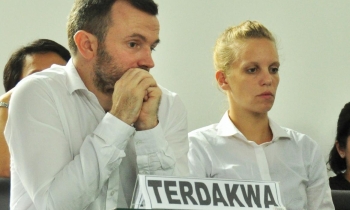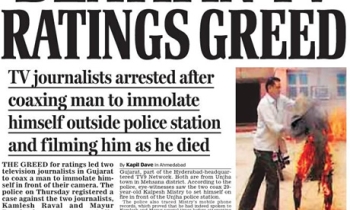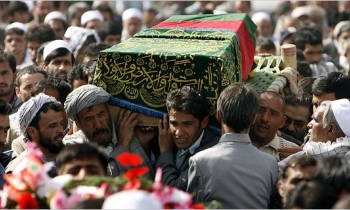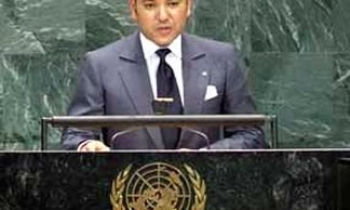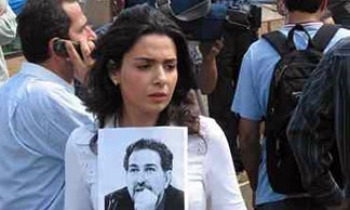Late in 2005, the Danish newspaper Jyllands Posten (JP) published 12 cartoons depicting the Prophet Muhammad, some of which were very negative.
In the months that followed, several delegations of Danish Muslim leaders sought to meet with JP editorial staff but were ignored. Several Muslim ambassadors to Denmark sought to meet with the prime minister of Denmark so they could work out a joint statement condemning the publication of the cartoons, but were rebuffed. Some Muslim leaders then decided to take the issue to the larger Muslim leadership around the world in hopes of applying greater pressure on the Danish government and perhaps on JP.
The leadership was justifiably shocked and spoke out against the cartoons. Until then, nobody foresaw the explosion that followed. It was as if a fire were lit across many Muslim majority countries; riots followed and property was destroyed, including Danish missions. Muslims were killed by police trying to quell the riots. A successful boycott of Danish goods was also launched in the Middle East, one of the largest Danish markets for their food industry. Muslim leaders around the world who had encouraged people to protest, but in a peaceful manner, now found themselves condemning the publication of the cartoons and the violence by Muslim rioters.
At the same time, the European and American press galvanized and turned this into a First Amendment freedom-of-expression issue. Bloggers, talk-show hosts and newspapers seemed to dredge up every accusation they could think of, including 9/11, bombings, women's rights, Jews and Israel, to lambaste Islam and Muslims under the pretext of defending "freedom of speech." To show their defiance and disdain for protesting Muslims, many in the Western press and many bloggers republished the cartoons and exhorted others to follow suit.
Freedom of speech seems to have been hijacked by Western media even though it is an irrelevant issue. European nations do not have a press that is as free as the U.S. press. There are all sorts of subjects that can land a publisher in jail if he were to use them to denigrate people (race, religion, Holocaust, Nazi symbols, etc.). Nevertheless, on this issue, Europe has taken on the banner of "freedom of the press." The Danish government ignored rules of etiquette by refusing to meet with a delegation of Muslim ambassadors and religious leaders who hoped only for some supportive statements from the prime minister.
Many in the West also suggest equivalence between anti-Semitic cartoons in Muslim countries and blasphemous cartoons portraying the Prophet Muhammad; this, too, is misplaced. Even in the most virulently anti-Semitic societies, one might find cartoons that could be offensive to Jews, but I don't believe one will find any cartoons depicting the prophets Moses or Jesus, let alone casting them in bad light. This is because it is unthinkable for Muslims to depict prophets and completely unacceptable to cast any prophet in bad light.
Newspapers exercise self-restraint all the time when they choose not to publish pictures of child rape victims or of disemboweled murder victims. In the U.S., newspapers have even held back on publishing pictures of dead and wounded soldiers returning from Iraq. Freedom of speech seems to kick in only when we are aiming at our "enemies."
Jyllands Posten deliberately sought to antagonize Muslims by commissioning the cartoons; it violated rules of common decency by publishing the cartoons. Some fanatical and opportunistic Muslim leaders have sought to exploit the situation in order to "prove" how powerful they are so they can wrest more "respect" from the authorities.
So far, it appears that the extremists on both sides are winning; the saner and more intelligent on both sides need to speak up so others may know better than to be exploited by the extremists.
Jafar Siddiqui is an American Muslim living in Lynnwood. He is a member of American Muslims of Puget Sound and a human-rights activist. Contact him at jeffsiddiqui@msn.com


